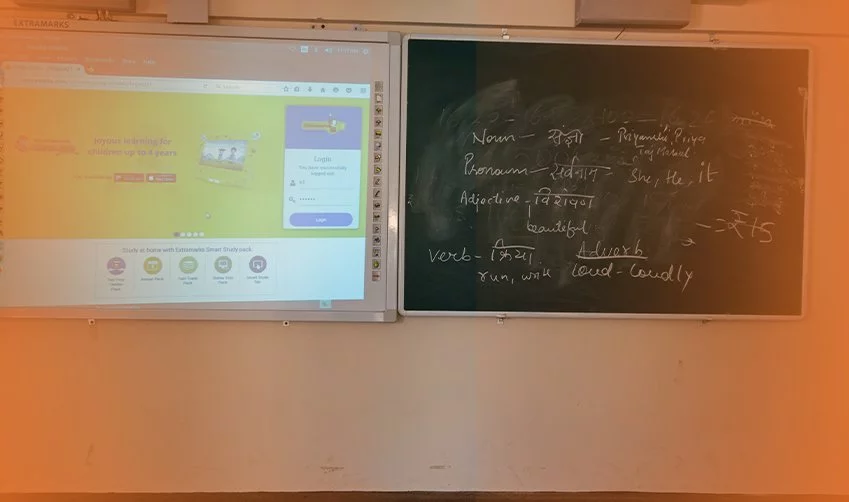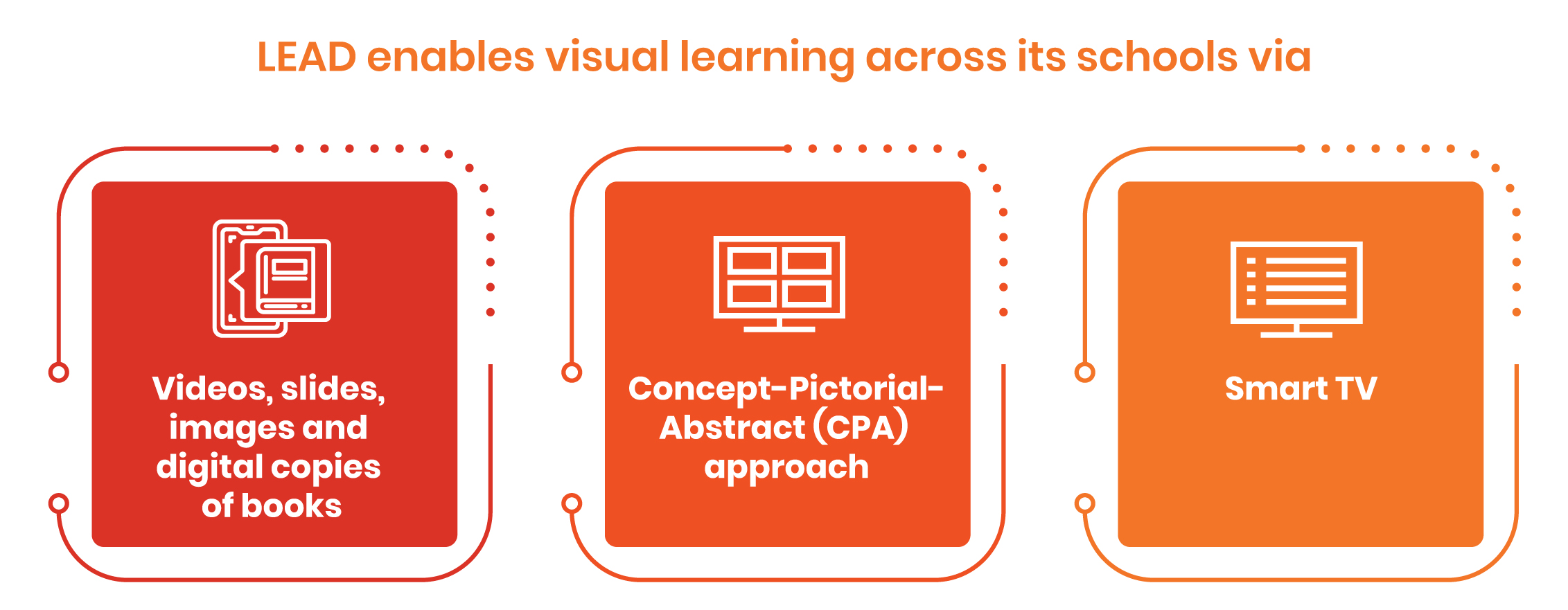The pandemic wanes, but smart learning may stay—key observations

Give Your School The Lead Advantage
Children worldwide have had their education disrupted in 2020, and this year seems no different. With government policies taking a new turn every month and schools still being indecisive about opening dates, students have been worst hit. Since in-school learning was out of the question, the only way to ensure undisrupted education was by shifting the classes online. However, in online learning, students and teachers found themselves struggling with unfamiliar technology.
However, integrating information technology in education the right way and through suitable means will accelerate quality learning.
Smart classes in school for even the post-pandemic days
With this abrupt shift away from the traditional mode of learning worldwide, many wonder whether the adoption of online learning will continue to persist post-pandemic. Undisputedly, technology has become an irretrievable force driving the transformation of teaching and learning practices. Though online learning might stay, the mode of doing so will keep changing as technology keeps advancing. Smart class in school has proven to be a saviour in schools where online learning has remained ineffective.
Educational experts have been exploring various innovative means to integrate into traditional learning to enhance learning and its effectiveness. Supported by technological innovations, new learning modes can be devised to optimise learners’ ability to learn. Smart classes in schools embrace various aspects to make learning effective such as flexible learning, personalised learning, adaptive learning, blended learning, enhanced interactiveness between teachers and students and parents and teachers, better results, etc.
Smart classrooms in the school are adaptive systems that improve the learning experience based on various aspects such as learning traits and preferences, progress made by every student, feedback and guidance, and seamless access to vital information to enhance the learning environment continuously. In fact, smart classes in school monitor students’ progress, alert teachers of possible academic failures to conduct timely interventions and give students personalised support services. In addition, the ubiquitous instructional resources in smart classes make it possible for students to conduct learning at any time and anywhere.
Advancement in education can be brought about by integrating personalised learning and intelligent learning environments that are personalised, dynamic, engaging, and bring quality to learning.
How is LEAD helping bring smart learning in schools?
LEAD is the new-age enabler in schools that promote smart learning. All classrooms get converted into smart classrooms through a smart tv and a teacher excellence kit with LEAD. So instead of a few smart classrooms, every class is enabled for visual learning via videos, slides, images and digital copies of books and workbooks.
An academic year is divided into units at LEAD-powered schools, and units are further divided into a day plan. The number of units and the number of day plans is designed keeping in mind the need for each sub-school, that is, pre-primary, primary, middle, high and ELGA.
Pre-primary:
Pre-primary consists of three classes Nursery, JKG and SKG. Each class follows an integrated curriculum consisting of cognitive and development domains of literacy, numeracy, EVS, aesthetic and creative expression, motor skills development, and social and emotional development.
Primary:
Primary classes consist of classes from 1-5 and offer math and EVS.
Traditionally, teachers treat NCERT/SCERT book chapters and content as the syllabus. At LEAD, the curriculum is based on NCERT/SCERT, but the syllabus is improved using the DREAM approach.
- D stands for Delete – A few concepts are not relevant for students or have sometimes been done in earlier classes. Therefore, we delete them from the curriculum of that class.
- R stands for Resequence – Sometimes, a concept that appears later in NCERT/SCERT must be taught before another one since it is a prerequisite. At other times, some chapters are better taught together for better conceptual connections. For this, we have Resequenced a few chapters.
- E stands for Enhance – NCERT books either don’t cover a concept in-depth or cover it poorly at many places. To overcome this drawback, we have Enhanced the curriculum.
- A stands for Add-In some chapters, important sub-concepts needed to understand the main concepts have been left out. Therefore, we have added them to the curriculum.
- M stands for Modify – Wherever we found errors or incorrect content, we modified the curriculum.
With DREAM, the LEAD curriculum becomes NCERT+ or SCERT+.
ELGA:
LEAD offers a level-based programme called ELGA. It has 5 components: Phonics, Whole words, Reading and listening comprehension, Grammar and Writing and speaking expression
For classes 9 and 10, LEAD offers English, math, and science, including physics, chemistry, biology, and social science, including history, geography, social and political life, and economics.
LEAD has a unique way to teach coding and Hindi as well. With LEAD, every child gets smart learning. Moreover, learning at LEAD-powered schools has been refined to meet the needs of 21st-century kids. With a theme-based comprehensive curriculum, unique Concept-Pictorial-Abstract (CPA) approach, Learn-by-Doing module, and Extracurricular Activities, LEAD is also perfectly aligned with the National Education Policy 2020.
LEAD is transforming schools by making children future-ready. To make yours a LEAD Powered School: Partner with us today

.png)
.png)
.png)
.png)
